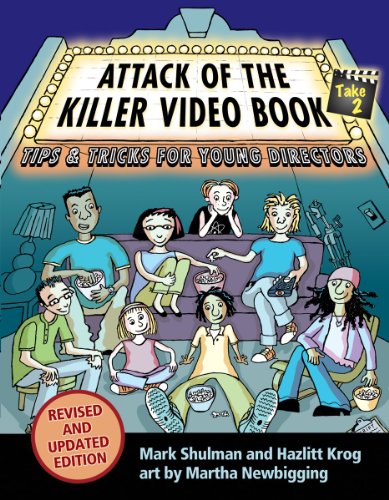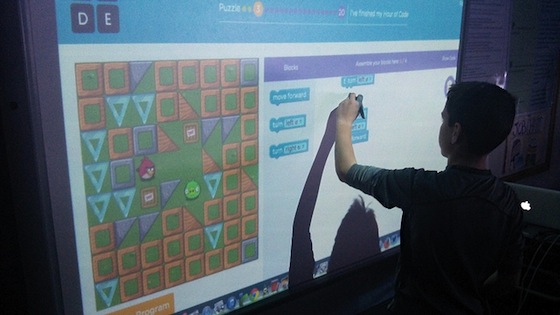
“Cypherpunks write code.”
Andy Greenberg’s This Machine Kills Secrets: Julian Assange, The Cypherpunks and Their Fight to Empower Whistleblowers is a fascinating look behind the headlines of Wikileaks and even the impact of Edward Snowden and Bradley Manning to show the movement to provide safe, secure and anonymous means for leaking secrets to the world. The quote above is from one of the manifestos from a group of hackers who want to change the world through the release of information. Known as cypherpunks, they believe that creating systems for whistleblowers will make politicians more honest, and make the world a better place.
The history of the cypherpunk movement is a fascinating story, as Greenberg toggles his tales between characters and events, including the parallels between The Pentagon Papers (which kickstarted the whole “information should be free” ideals, really) of the Vietnam War and Bradley Manning’s securing and releasing government documents via Wikileaks. For Manning, it was not much more difficult than downloading files to a flashdrive. Amazing, really.
“Cypherpunks write code” means that political action is in the doing and the deeds, not just in the lobbying for more openness and protesting for change. Much of the book ends up focusing on Wikileaks (and very little about Snowden, as his case catapulted into the headlines after the book was written, and Greenberg mentions him only briefly in an update at the end of the paperback book) and the technical prowess and push going on behind the scenes to create online, technical spaces for secrets to be submitted, vetted and revealed.
I’m not sure yet about how I feel about all this.
On one hand, I see the value of shining light into the darkness of politics (I am a former journalist, after all). On the other, the line between openness and putting people’s lives in danger is a difficult one to discern (as Greenberg expertly points out throughout the book), and the anarchy element of some of the cypherpunk movement makes it difficult to know motives. My basic belief is that our elected officials need to be held accountable for their actions and books like this one show the efforts of many to do that.
Whether you believe Assange (of Wikileads) to be a hero or a villain (and that may go beyond the politics of Wikileaks and into the realm of legal charges against him right now for actions against women), Greenberg’s point — and others, too — is that the idea of leaking information is now part of our modern culture, and the cork can’t be put back into the bottle. Too many people have access to too many files in digital formats. More leaks are bound to happen. The only question is: what kind of information will come out next and who will release it and why? Time will only tell.
Peace (beyond the veil),
Kevin






